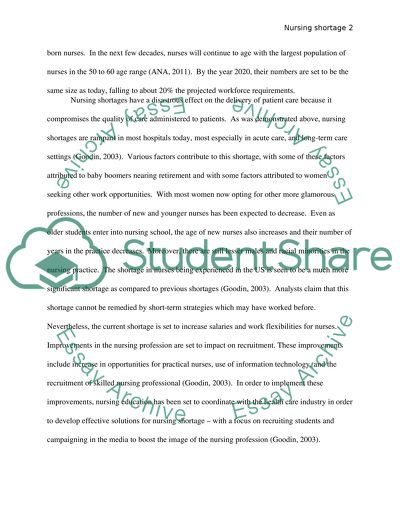Cite this document
(“The current nursing shortage/opportunities for life long learning and Essay”, n.d.)
Retrieved from https://studentshare.org/environmental-studies/1407696-the-current-nursing-shortage-opportunities-for
Retrieved from https://studentshare.org/environmental-studies/1407696-the-current-nursing-shortage-opportunities-for
(The Current Nursing shortage/Opportunities for Life Long Learning and Essay)
https://studentshare.org/environmental-studies/1407696-the-current-nursing-shortage-opportunities-for.
https://studentshare.org/environmental-studies/1407696-the-current-nursing-shortage-opportunities-for.
“The Current Nursing shortage/Opportunities for Life Long Learning and Essay”, n.d. https://studentshare.org/environmental-studies/1407696-the-current-nursing-shortage-opportunities-for.


